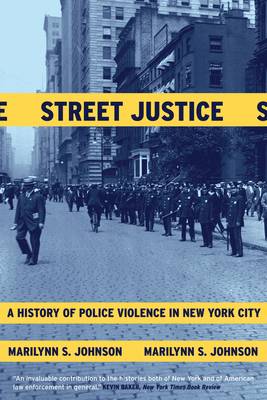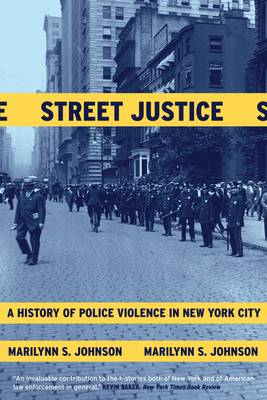
- Afhalen na 1 uur in een winkel met voorraad
- Gratis thuislevering in België vanaf € 30
- Ruim aanbod met 7 miljoen producten
- Afhalen na 1 uur in een winkel met voorraad
- Gratis thuislevering in België vanaf € 30
- Ruim aanbod met 7 miljoen producten
Zoeken
€ 28,95
+ 57 punten
Omschrijving
Street Justice traces the stunning history of police brutality in New York City, and the antibrutality movements that sought to eradicate it, from just after the Civil War through the present. New York's experience with police brutality dates back to the founding of the force and has shown itself in various forms ever since: From late-nineteenth-century "clubbing"-the routine bludgeoning of citizens by patrolmen with nightsticks-to the emergence of the "third degree," made notorious by gangster movies, from the violent mass-action policing of political dissidents during periods of social unrest, such as the 1930s and 1960s, to the tumultuous days following September 11. Yet throughout this varied history, the victims of police violence have remained remarkably similar: they have been predominantly poor and working class, and more often than not they have been minorities. Johnson compellingly argues that the culture of policing will only be changed when enough sustained political pressure and farsighted thinking about law enforcement is brought to bear on the problem.
Specificaties
Betrokkenen
- Auteur(s):
- Uitgeverij:
Inhoud
- Aantal bladzijden:
- 378
- Taal:
- Engels
Eigenschappen
- Productcode (EAN):
- 9780807050231
- Verschijningsdatum:
- 31/10/2004
- Uitvoering:
- Paperback
- Formaat:
- Trade paperback (VS)
- Afmetingen:
- 156 mm x 228 mm
- Gewicht:
- 530 g

Alleen bij Standaard Boekhandel
+ 57 punten op je klantenkaart van Standaard Boekhandel
Beoordelingen
We publiceren alleen reviews die voldoen aan de voorwaarden voor reviews. Bekijk onze voorwaarden voor reviews.











